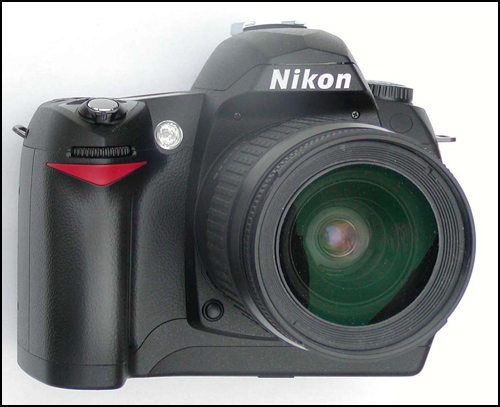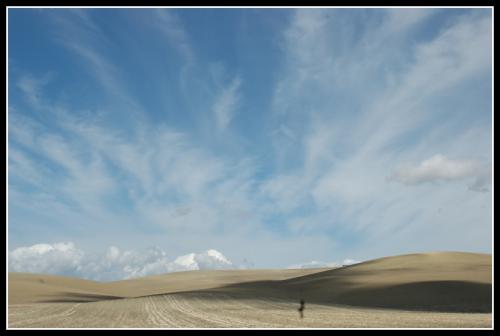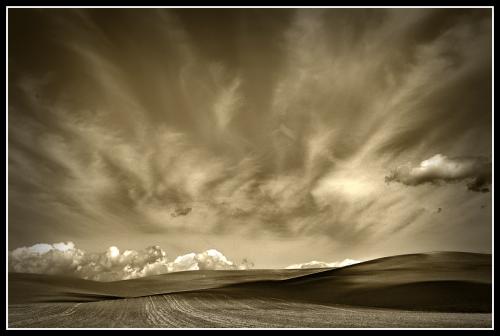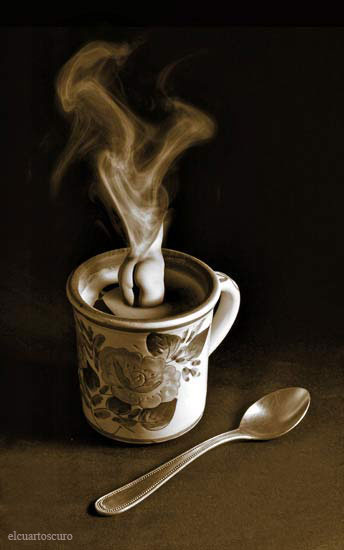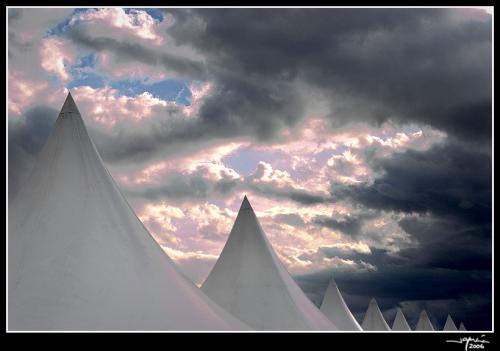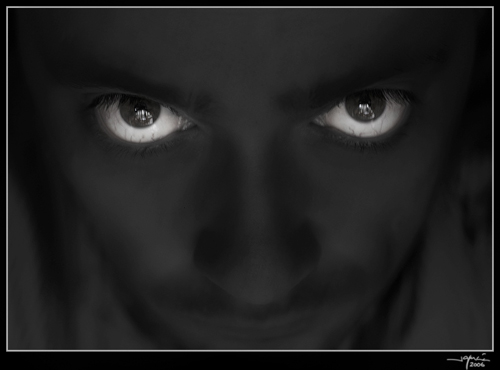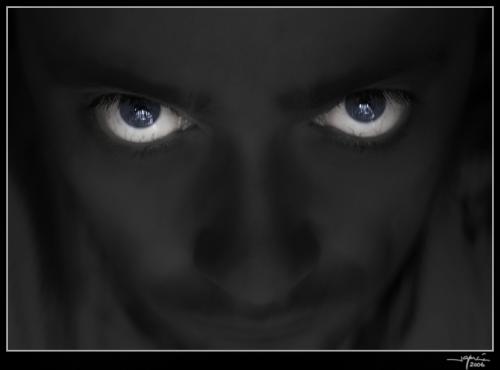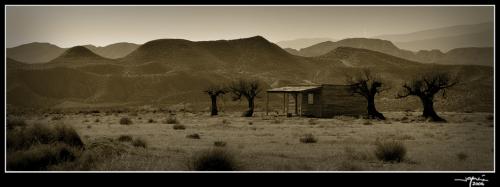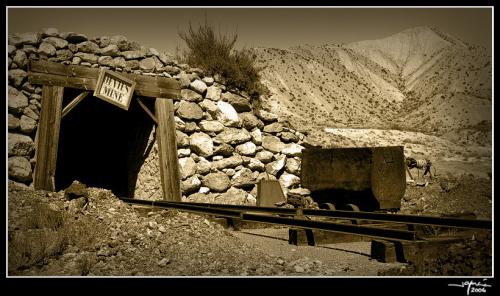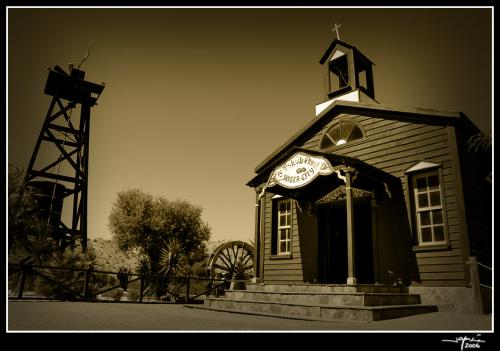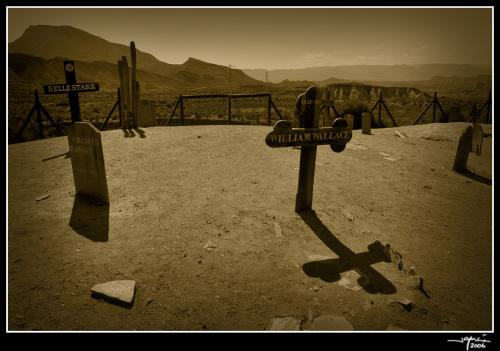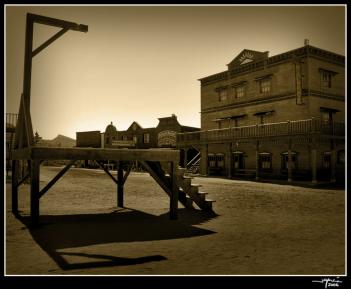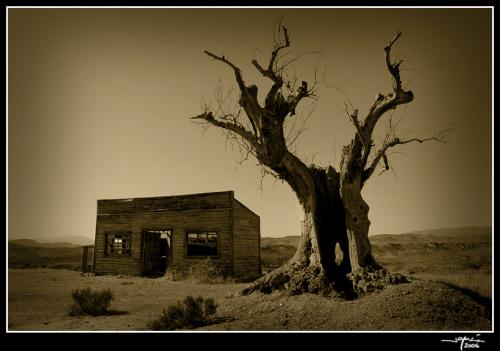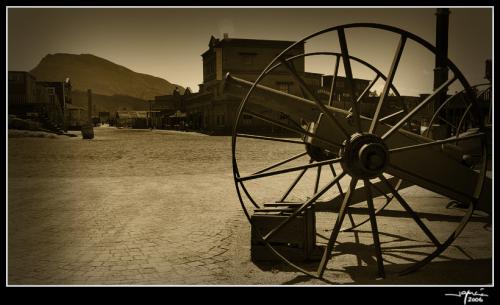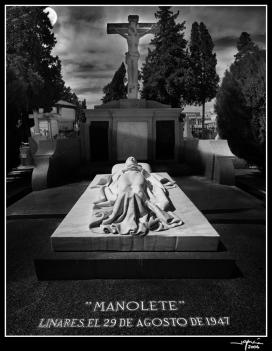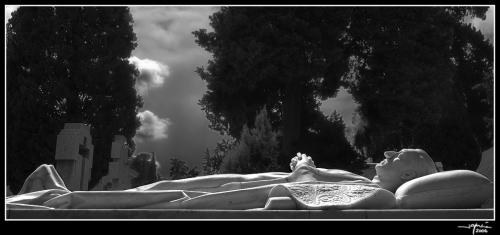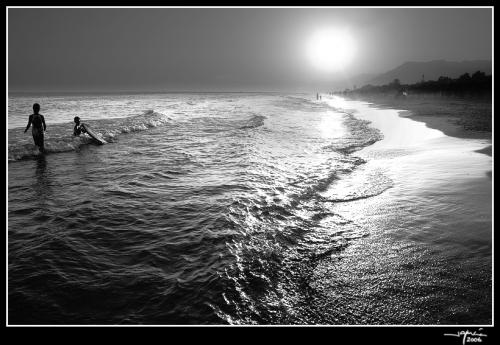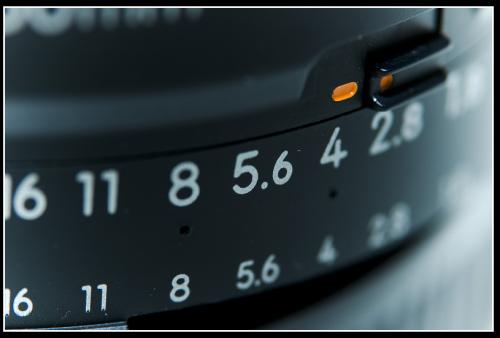El joven canadiense Joey Lawrence, empezó con la fotografía hace tan sólo dos años y también disfruta haciendo cine.
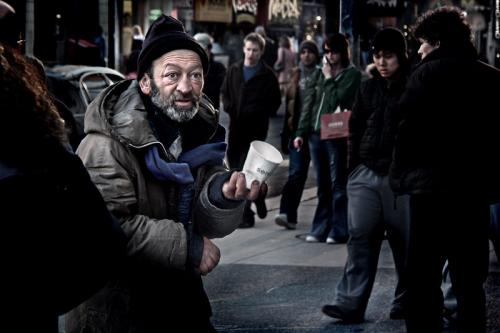
Es autodidacta. La mayoría de las técnicas de retoque digital que usa son el fruto del ensayo-error o gracias a tutoriales online.
Actualmente estudia el último año del instituto y piensa empezar a estudiar cinematografía y dirección de películas en la universidad el año que viene.
Ha mostrado sus fotografías en el Edificio Microsoft Canadá, Toronto, Ontario.
Sus modalidades fotográficas preferidas son la urbana, la emotiva y la narrativa visual.
Su primera cámara fue una camara compacta de 1.3 megapíxeles, y después utilizó un Minolta Dimage para la mayoría de las fotos en la página web. Desde hace un mes dispone de su primera SLR, una Canon 5D, de la cual está muy contento. De momento solo tiene un objetivo, pero espera que crezca pronto su equipo.
Sus fotógrafos favoritos son Gottfried Helnwein, Les Goodman, Rengim Mutevellioglu.
El último descubierto: se puede conseguir los mejores resultados si usas las sensibilidades ISO como 100, 200, 400, 800, 1600 y no sensibilidades intermedias.
Consejos para los principiantes: experimentarás periodos de bloqueo creativo y no querrás hacer ninguna foto. Esto nos pasa a todos y seguirá pasando, así que no te rindas ni vendas la camara porque después ascenderás a un nuevo nivel superior. Solo requiere tiempo.
Detalles de la foto:
Es de un vagabundo pidiendo calderilla en el centro de Toronto, Ontario, Canadá.
Le vi allí de pie, muy nervioso, dando vueltas y moviéndose sin parar. Todo el mundo que pasaba a su lado trataba de no mirarlo, desviando la miraba hacia abajo o a otro lado.
Hablé con él y le pregunté si podría hacerle una foto. Tartamudeando me respondió que no había problema y me dio las gracias. Después de tomar unas fotos a cierta distancia para captar la escena completa le di un poco de dinero y me despedí de él.
Joey Lawrence said:
«I started taking pictures 2 years ago and enjoy this next to filmmaking.
Both are very related.
I am self-taught in photoshop, most of my techniques are from trial and
error or reading online tutorials.»
- Full name: Joey Lawrence
- Nationality: Canadian
- Current place of residence: Lindsay, Ontario
- Web Site: http://www.joeyL.com
- Studies: I am in my last year of highschool and plan to persue film cinematography and direction in University next year.
- Expositions: Microsoft Canada building, Toronto, Ontario.
- Preferred photographic categories: Street candid, emotive, visual storytelling
- Photo Equipment: I started off with a 1.3 mega pixel point and shoot, then used a Minolta Dimage for most of the stuff on my website. I recently (1 month ago) finally got an SLR, the Canon 5D. I am very happy with this. I
have only one lense right now but hope to get another soon.
- Favourite photographers: Gottfried Helnwein, Les Goodman, Rengim Mutevellioglu.
- Latest trick you have discovered (photo technique or digital retouch): You can get the best results and compensation if you stick to using main jumps in ISO like 100, 200, 400, 800, 1600 and not the in-between numbers.
- Some advice for those who are novices: You’ll get periods of artistic blocking where you will not want to take any pictures of all. We all get this and they pass, so don’t give up or sell your camera because after it you develop on a new, improved level. It just takes time.
Photo details:
This is a homeless man looking for some spare change downtown Toronto, Ontario, Canada.
You just see him standing there, spinning around and twitching and everyone who walks by him looks down or turns their head.
I talked to him and asked him if it was okay I took his picture. He said it was alright in a very stuttery voice and thanked me for it. After taking some photos from a distance to get the whole picture, I gave him some change from my pocket and said goodbye.
Gracias por la entrevista, Joey.
Thank you for the interview, Joey.
